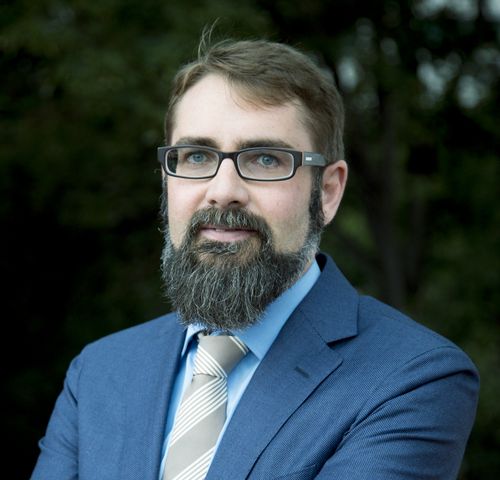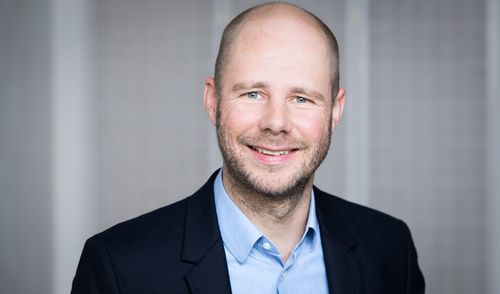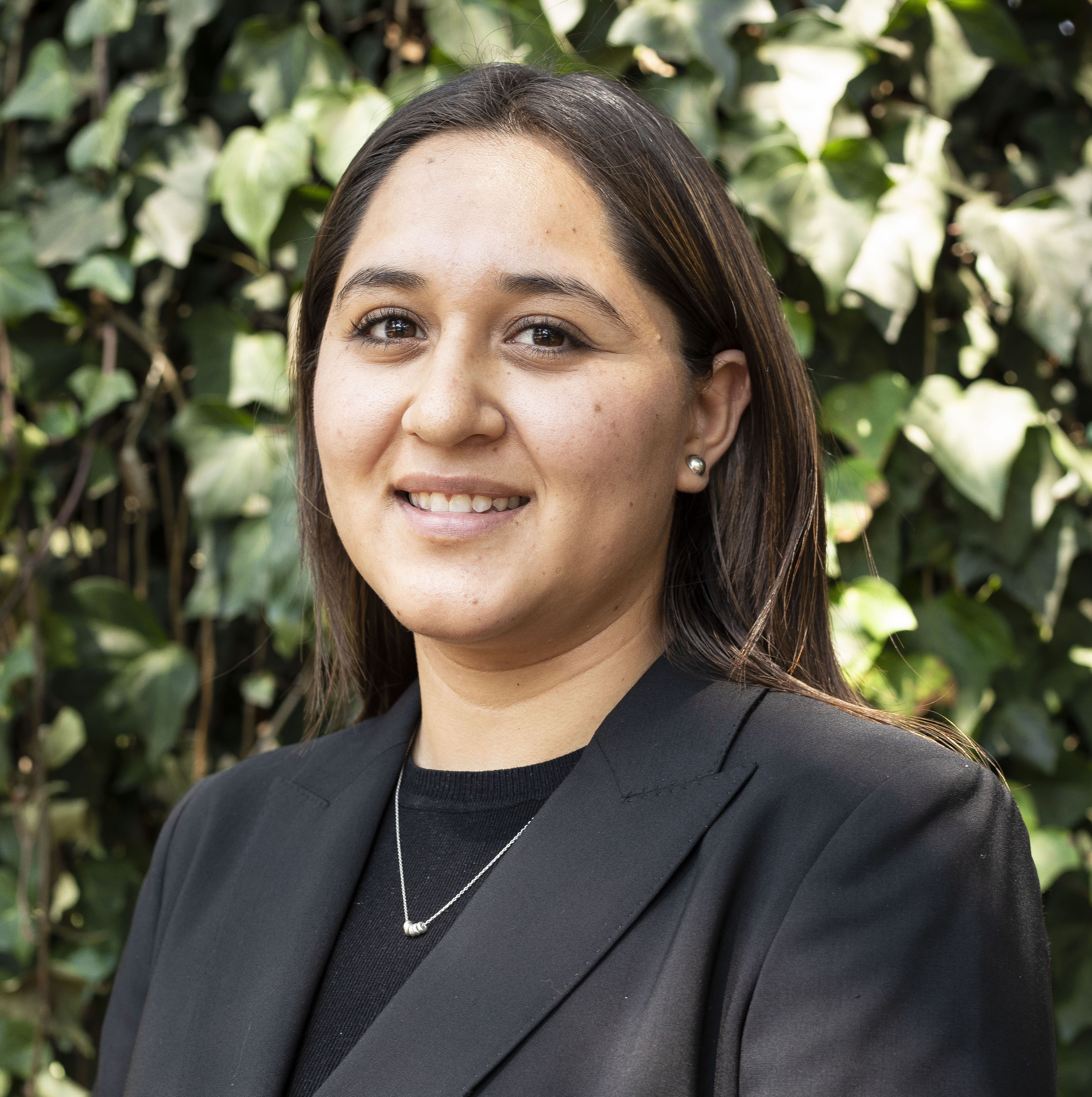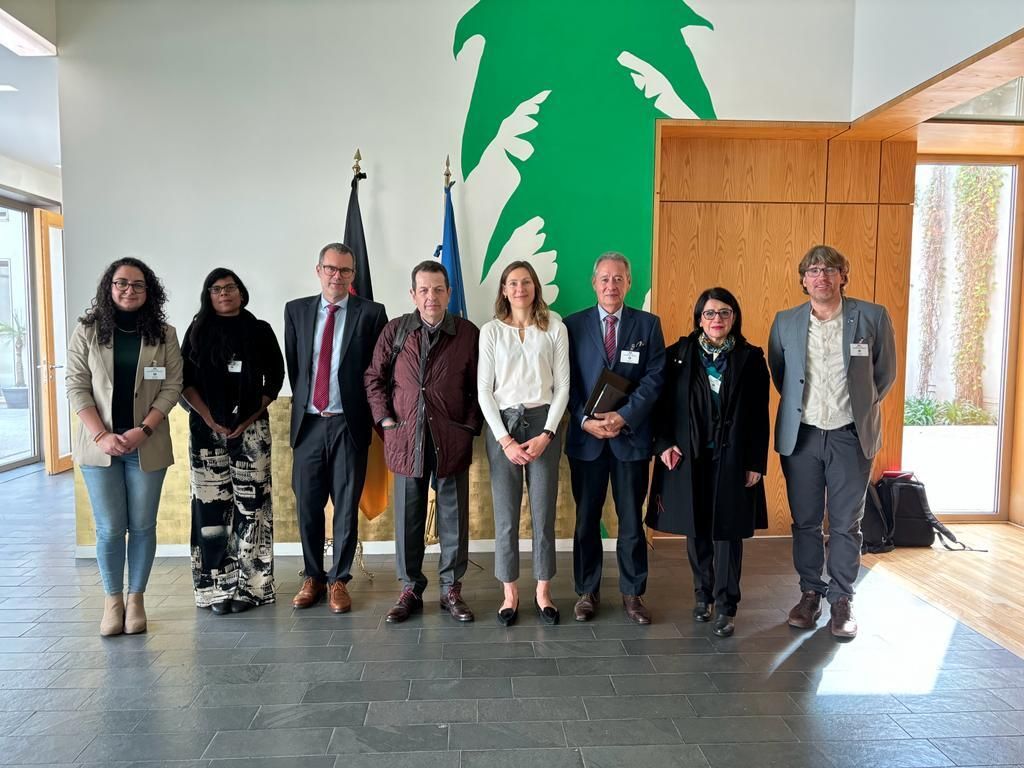- Both cities have ambitious targets for reducing greenhouse emissions and face similar challenges on their way to decarbonizing their economies and energy sectors.
- Mexico City and Berlin seek to leverage their solar potential and generate synergies through cooperation and dialogue.
- This 2023 both cities celebrate 30 years of partnership.
Mexico City, November 27. - The energy transition of Mexico City and Berlin is based on the use of solar energy, which has led both capitals to implement their "Mexico City Solar City" and "Berlin Solar City Master Plan" plans, respectively.
In the context of implementation, representatives of both cities discussed the similarities and differences in the deployment of their strategies and characteristics, among which are the high population density and the small area for building and generating renewable energy.
"In a few days the COP28 begins, and the world will have to demonstrate that we can move forward, that we are not going to continue as in recent years because that has not been enough," said the Head of the Department of Economics and Global Affairs of the German Embassy in Mexico, Gunnar Schneider, as a message to promote the energy transition in the capitals of Mexico and Germany.
For his part, the Secretary of Economic Development (SEDECO) of Mexico City, Fadlala Akabani, identified two key areas to take advantage of solar energy in the city: industrial zones and the use of solar irradiation on the roofs of market places.
"Many industrial zones that were built over the years in Mexico City have an energy transition. We are talking about Vallejo, Granjas Mexico, Agricola Oriental, or the old industrial zone of Iztapalapa, all four in Mexico City, and that is where our efforts are going to be concentrated," said the secretary.
He added that 8 public markets in the CDMX have solar panels, including the largest in Latin America within a City with the solar plant in the Central de Abasto as part of the Ciudad Solar strategy.
During the conversation, the results of the technical exchange on the Solar City Master Plans in both cities were presented, which was carried out in collaboration with SEDECO and the Berlin Energy Agency (BEA), with the support of the Energy Partnership between Mexico and Germany of the German Development Cooperation (GIZ), commissioned by the Federal Ministry of Economics and Climate Protection (BMWK) of Germany.
In this sense, areas of collaboration between both cities were identified, such as the integration of solar energy and electromobility in public companies, tariff systems or business models. It was also identified that both in Berlin and in Mexico City, the largest photovoltaic installations on rooftops are located on food markets.
"Ciudad Solar seeks to reduce pollution and encourage the energy transition in companies, factories and housing units to take advantage of solar energy," said José Alberto Valdés, General Director of Energy Development and Sustainability at SEDECO, who added the importance of finding a permanent, consistent and long-term sustainability scheme as part of the energy transition policy.
Mexico City and Berlin's goals
Mexico City seeks to reduce the city's emissions by 10% by 2024 through 7 lines of action anchored in the CDMX Climate Change Environmental Program. One of them is Ciudad Solar, an energy sustainability strategy that promotes the efficient use of energy and renewable sources in both the public and private sectors. Ciudad Solar has five strategic axes: training, MSMEs, solar thermal, electricity generation and biodiesel.
In the case of Berlin, the goal is to achieve climate neutrality by 2045, which is why the Berlin City Energy and Climate Protection Program (BEK 2030) has been developed. As part of this, the Master Plan Solarcity started to be implemented as of 2022, with the goal of generating 25% of the electricity consumed in the city through solar installations and reaching 4,000 MWb of total capacity by 2050.
The meeting, which took place at the German Embassy in Mexico, was also attended by Palmira Ugarte, Consultant of the Berlin Energy Agency (BEA); and Sarah Basic from the German Embassy in Mexico. Philipp Schukat, coordinator of the GIZ Climate Cluster and the Mexico-Germany Energy Partnership, Adriana Aragón, coordinator, Carolina Guerrero and Fabian Barsky, technical advisors, attended on behalf of the German Development Cooperation (GIZ) in Mexico.





